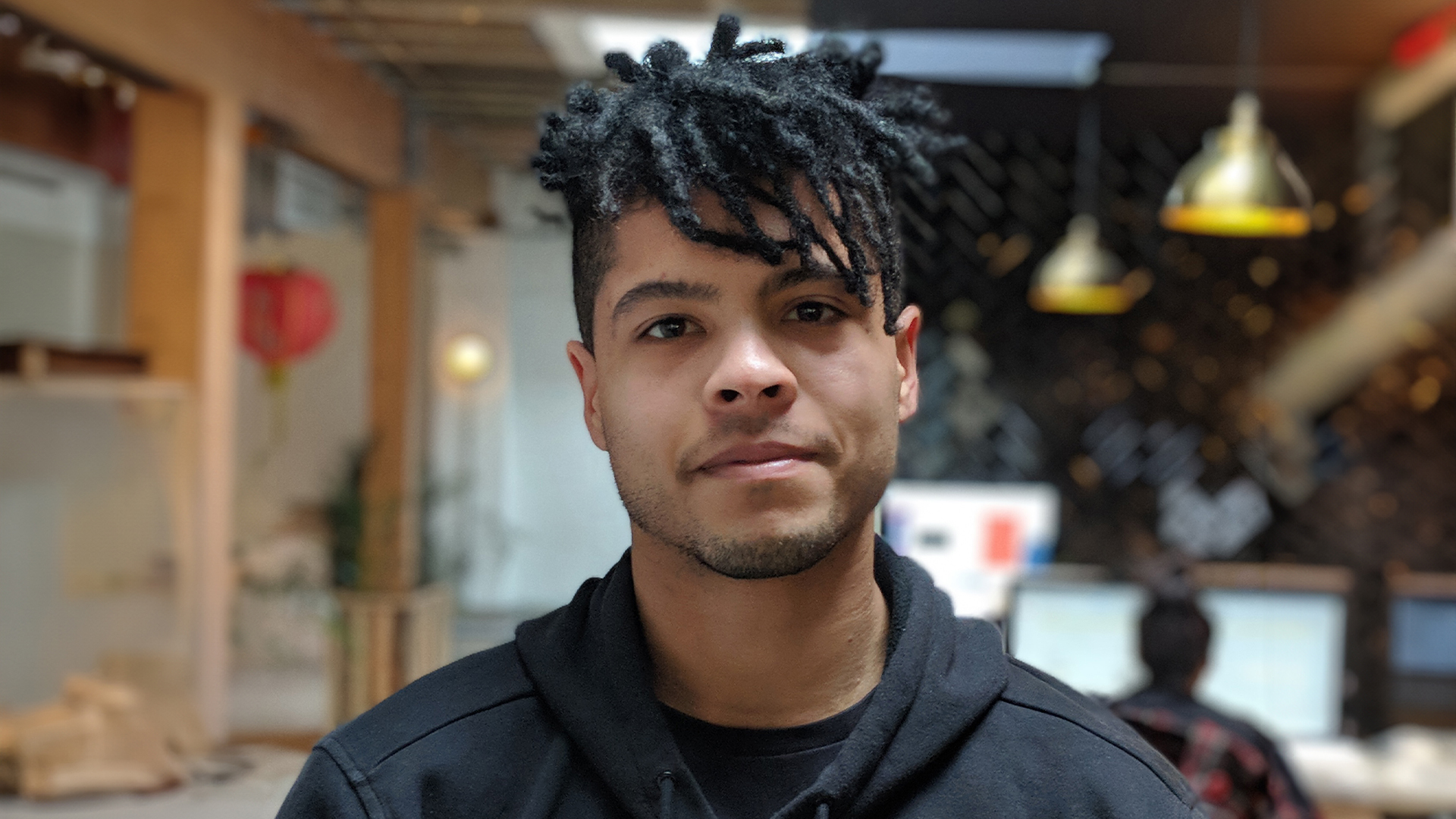
Stefan Falconer is creative director at Golden Wolf, an Emmy-nominated animation studio that creates unique content "in the space between irreverent humour, intensely dynamic action and psychedelia." As a mixed media artist, Stefan's flexible expertise has allowed him to establish a diverse range of clients from Adidas to Sundance, carving a distinctive identity embellished with a "touch of the unusual."
While Stefan typically steers towards directing 2D and 3D motion graphics driven work, he embraces merging multiple styles and creative disciplines to create the dynamic and unexpected. As part of our Day in the Life series, I caught up with Stefan to discuss his early career, what inspires his unique style and how Golden Wolf is set to evolve.

Could you walk me through a typical day in your role?
My day usually begins with a reluctant dog walk whilst catching up with emails/slack on my phone, and then heading to the nearest coffee shop before I can even think about properly starting my day (General Store Peckham always hits the spot).
My day’s then broken up into a few different chunks. On a studio day, I’ll spend the first chunk of the day being distracted by the studio dogs (there’s at least 2 at any given moment) and catching up with the team. It’s an unspoken rule that the first hour or so in the studio isn’t for working…
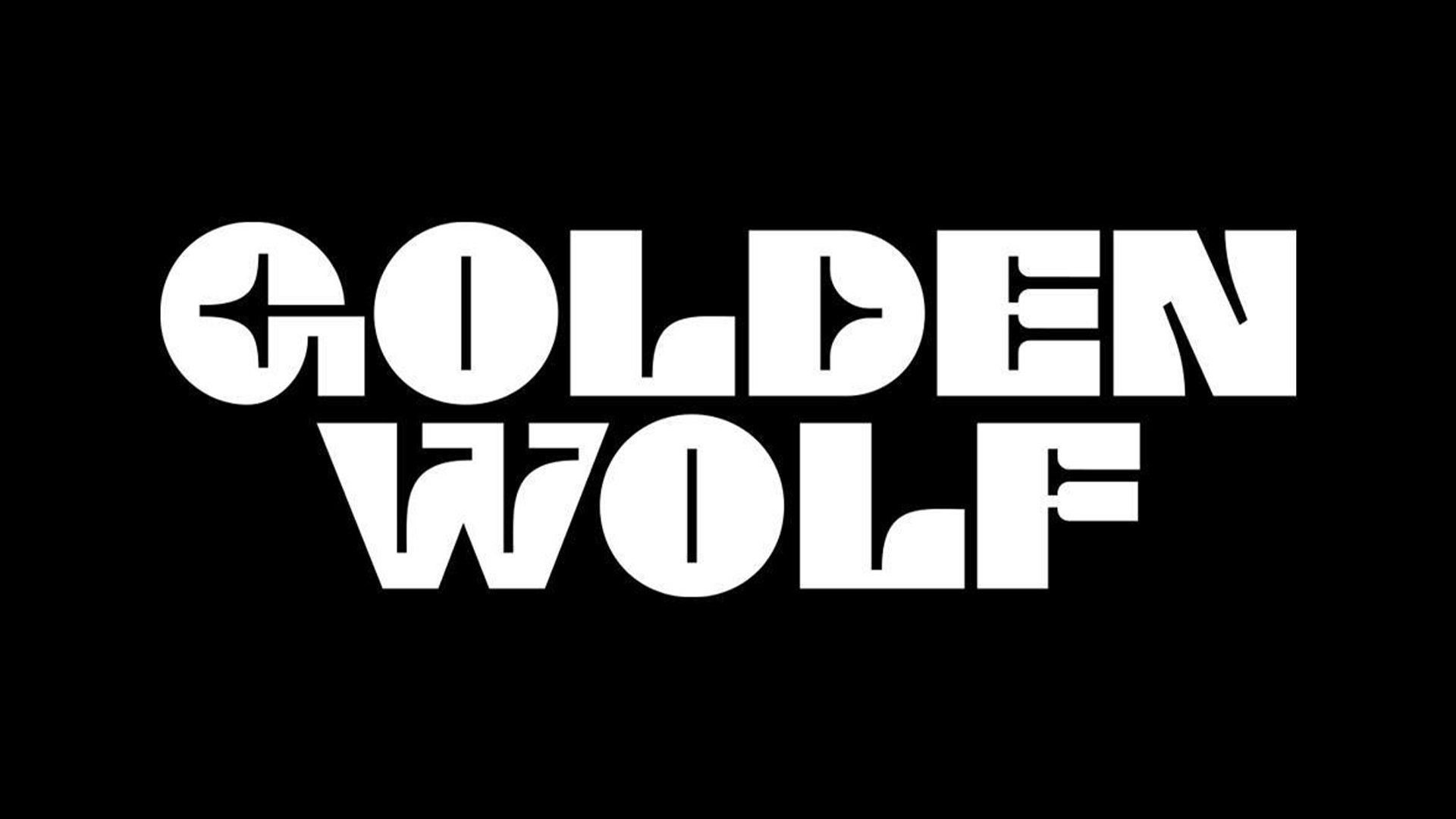
Then once my laptop opens, I’m pretty much locked in for the rest of the morning - I’ll check in with creative leads or production on the status of any jobs I’m overseeing. Preparing feedback or briefs for the creative team if needed. Assess how many calls I have throughout the day and figure out at what points I can sneak out for another caffeine hit. And then I’ll block out any free windows for internal, team and creative development - these are the bits I really look forward to, as it means I get to spend time planning the progression of the studio, developing new creative strategies and defining the overall direction of Golden Wolf.
After lunch we have the NY studio starting their day. Once they’re online, there’s a second wave of calls, catch ups and check-ins to counteract the post-lunch slump and keep me on my toes.
As the day winds down (if we’re not racing toward a deadline), I’ll move from my laptop back to my phone as the slack messages start to quiet. At this point I try to get a head start on the next day by reflecting on the days achievements and outlining anything left to do - then I’ll try to consciously shift gears, whether that’s another dog walk, a run or some other activity, I’ll always need to cap the day off with something to reset my energy.
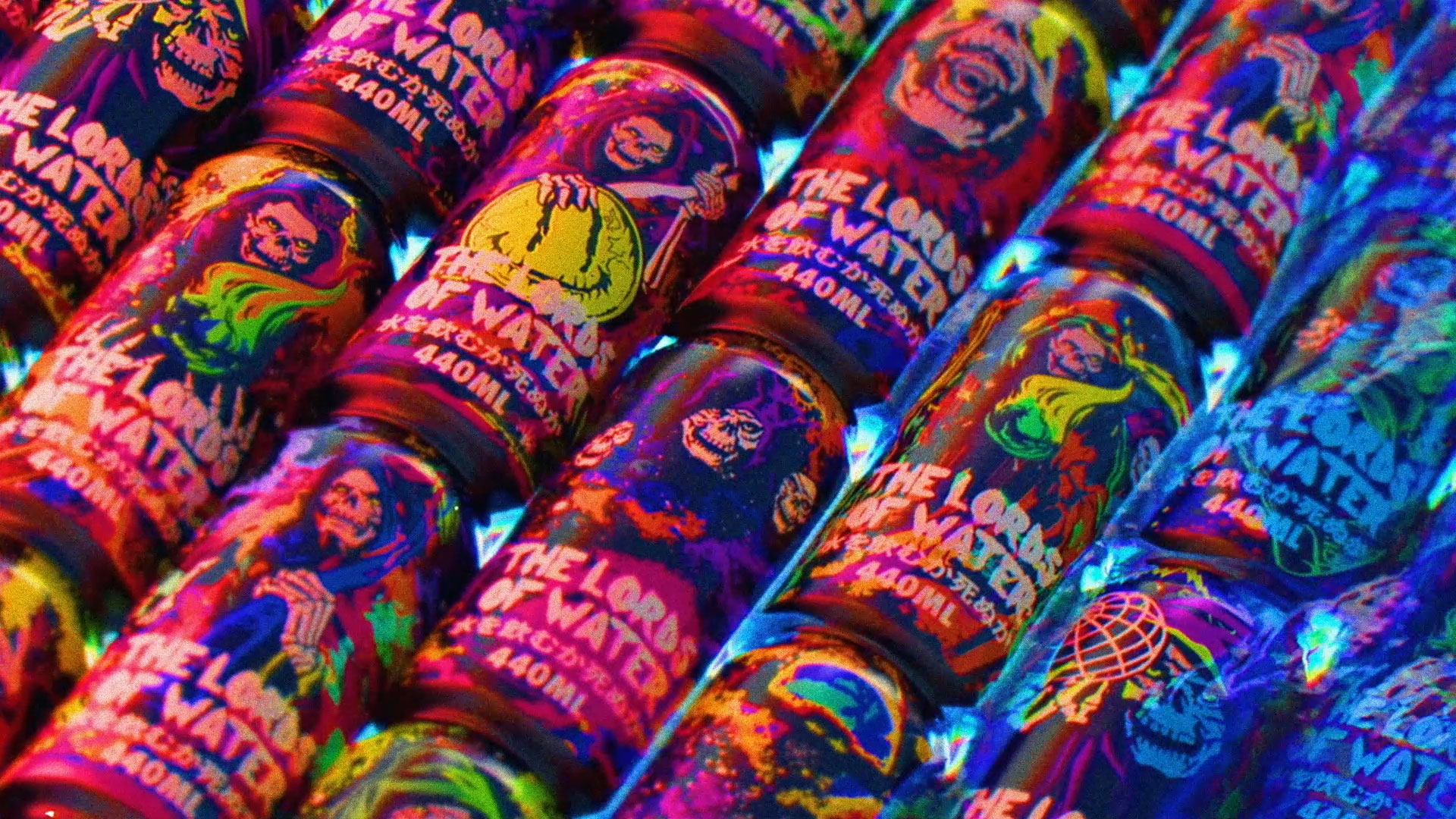
What was your early career like?
My early career was a lot more illustrative. I started my career as a design intern for studio Ilovedust, so was heavily influenced by graphic design and illustration. I began experimenting with animation and motion graphics, and found a lot more satisfaction and excitement in that area. Over time my interest in this area grew and I became more confident and curious, exploring new motion graphics techniques and developing my style. I eventually made the step fully into motion design, and following that moved into creative leadership and direction.
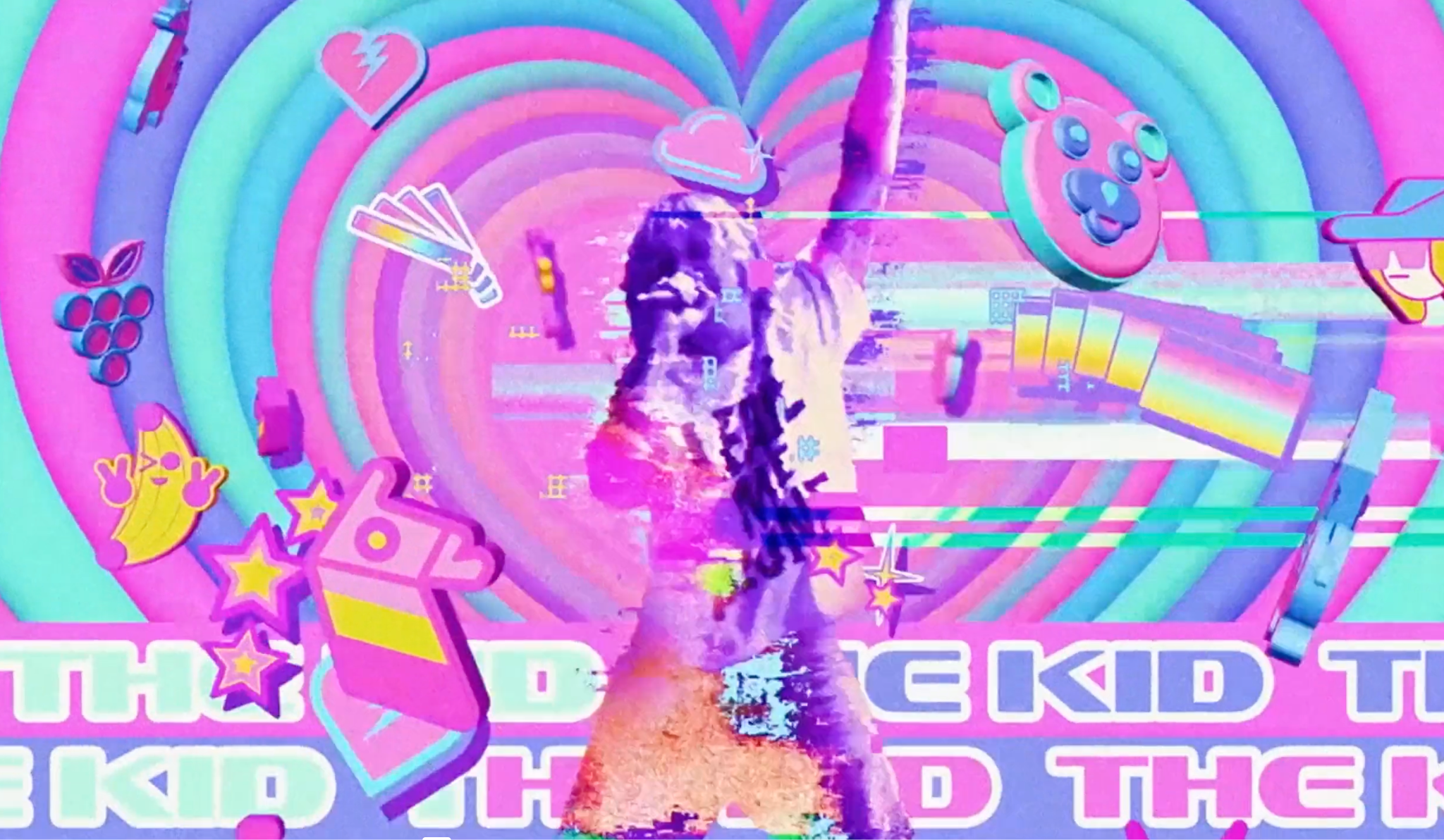
Tell me about a tricky work-related challenge and how you approached it
Inopportune client feedback is probably the most prevalent work-related challenge I face as a creative lead. But it’s always important to maintain a level head and remain impartial, for the sake of the client and the team. There’s always a solution or a compromise to be made, so it’s really beneficial to be as flexible as possible - some of the best creative solutions can arise out of these moments.
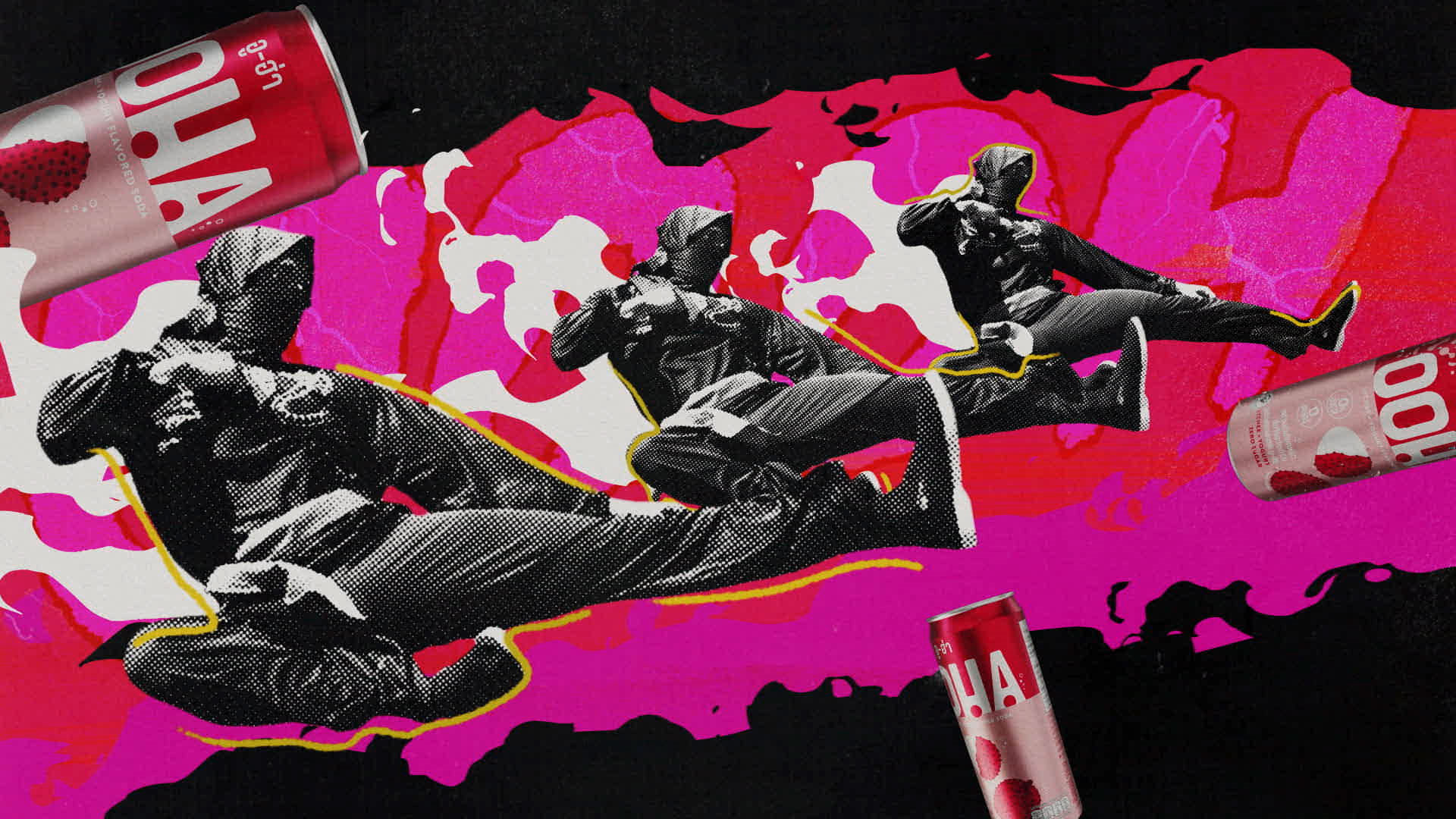
How has Golden Wolf developed since its inception and where do you see it evolving?
Golden Wolf started very organically - we were born from Ilovedust’s design & illustration background, but then carved our own path into the animation world. Due to our ties with illustration, back then we were a lot more focused on cel animation. Motion graphics was a much smaller aspect of our studio, which has exponentially grown over the years.
I see our future becoming a lot more motion design driven - The motion design arm of GW has always produced some of our most innovative and refreshing work, and we’re well known for the impact we have in the mixed media space, but I’m very keen for our studio to diversify and evolve into other areas of motion design, such us experiential, branding and strategy. I see us becoming a much more well rounded, full service studio, offering a whole spectrum of capabilities that go beyond animation.
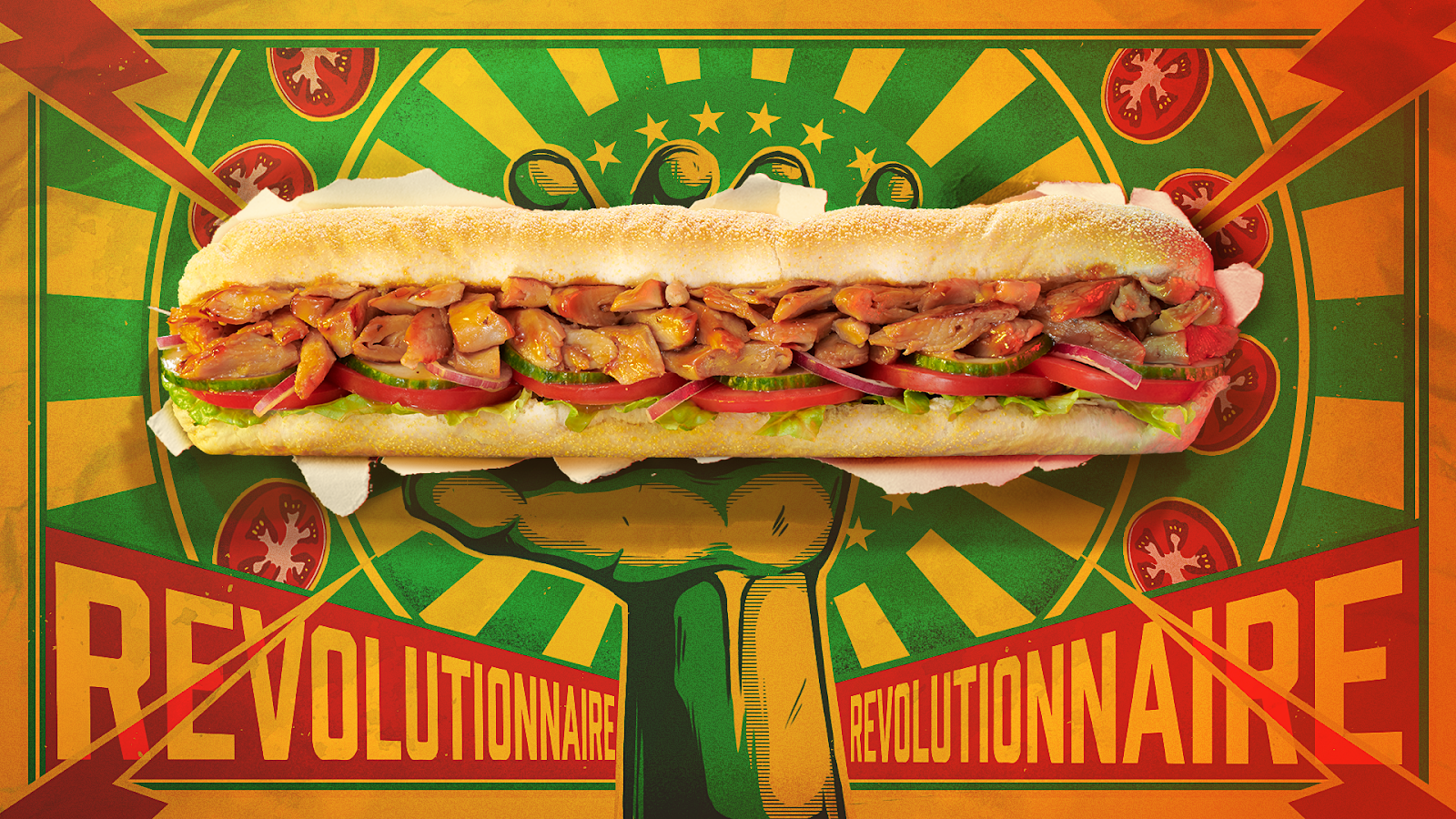
Which project are you most proud of and why?
The project that means the most to me has to be Crown Royal. I’ll always think of it as the project that defined my direction style. The project included many ‘firsts’ for me; It was my first time leading a large scale creative team, and my first time directing a live action shoot (which at the time was a completely different world for me). It was also the project that defined our studios approach to mixed media, and where I first really understood how to combine different styles of animation into one film.
I’ll always think of this as the most significant learning curve in my career.
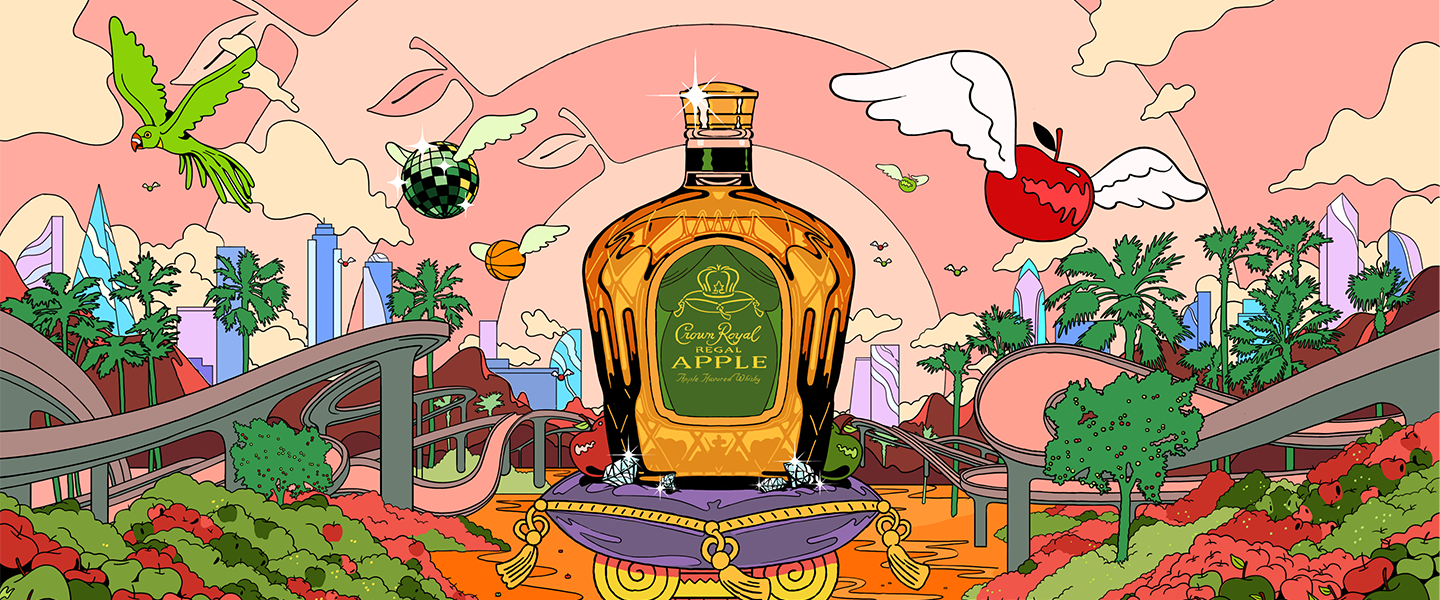
As a mixed media creative, what inspires your style?
Honestly… everything! I’m creatively greedy, and have appreciation for a whole myriad of different animation and design approaches, which is why most of my work is executed in a variety of different mediums. I get so much pleasure out of combining two (or more) contrasting styles, mashing them up and seeing what comes out. It’s such a fun way to innovate and create new concepts.
At my core I’m inspired by film structure, or more accurately the editorial process - it’s hard to quantify, but I think the flow and energy of an edit is one of the most important aspects of motion design. It really dictates how the world sees your work and it defines the mood of what you’re making. Once you figure out the edit, everything literally falls into place.
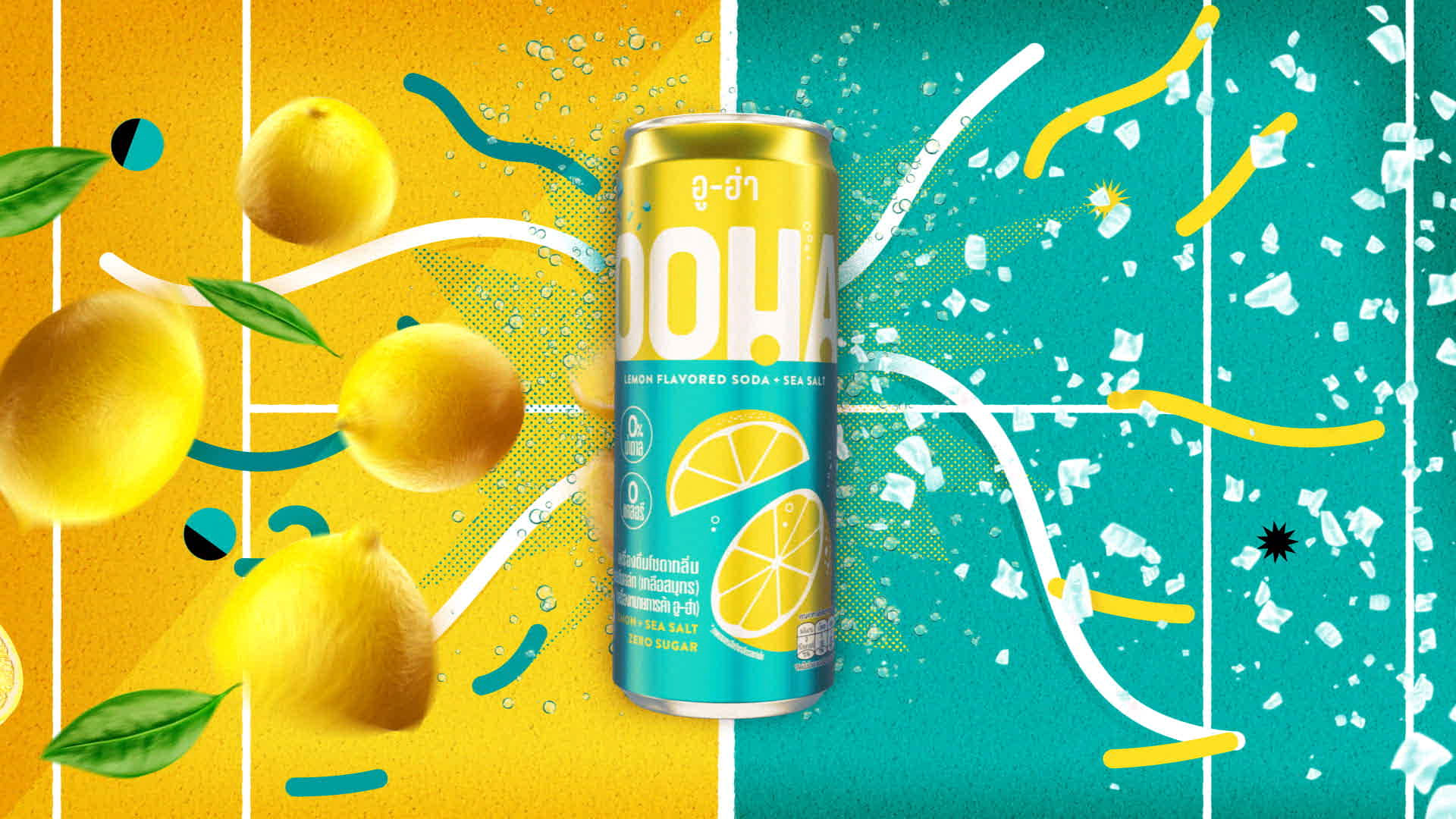
How do you find your ‘voice’ as a creative?
I really value time spent thinking and problem solving. Quiet and calm moments where I can just sit with my ideas and prepare my thoughts. I’ve never been the loudest voice in the room, and hate being the center of attention - it’s really important for me to find creative solutions in my own time and on my own terms. Collaboration is obviously very important, and working with other creatives is key to elevating your ideas, but that can’t happen without being in my own head a little and preparing my own creative perspective.
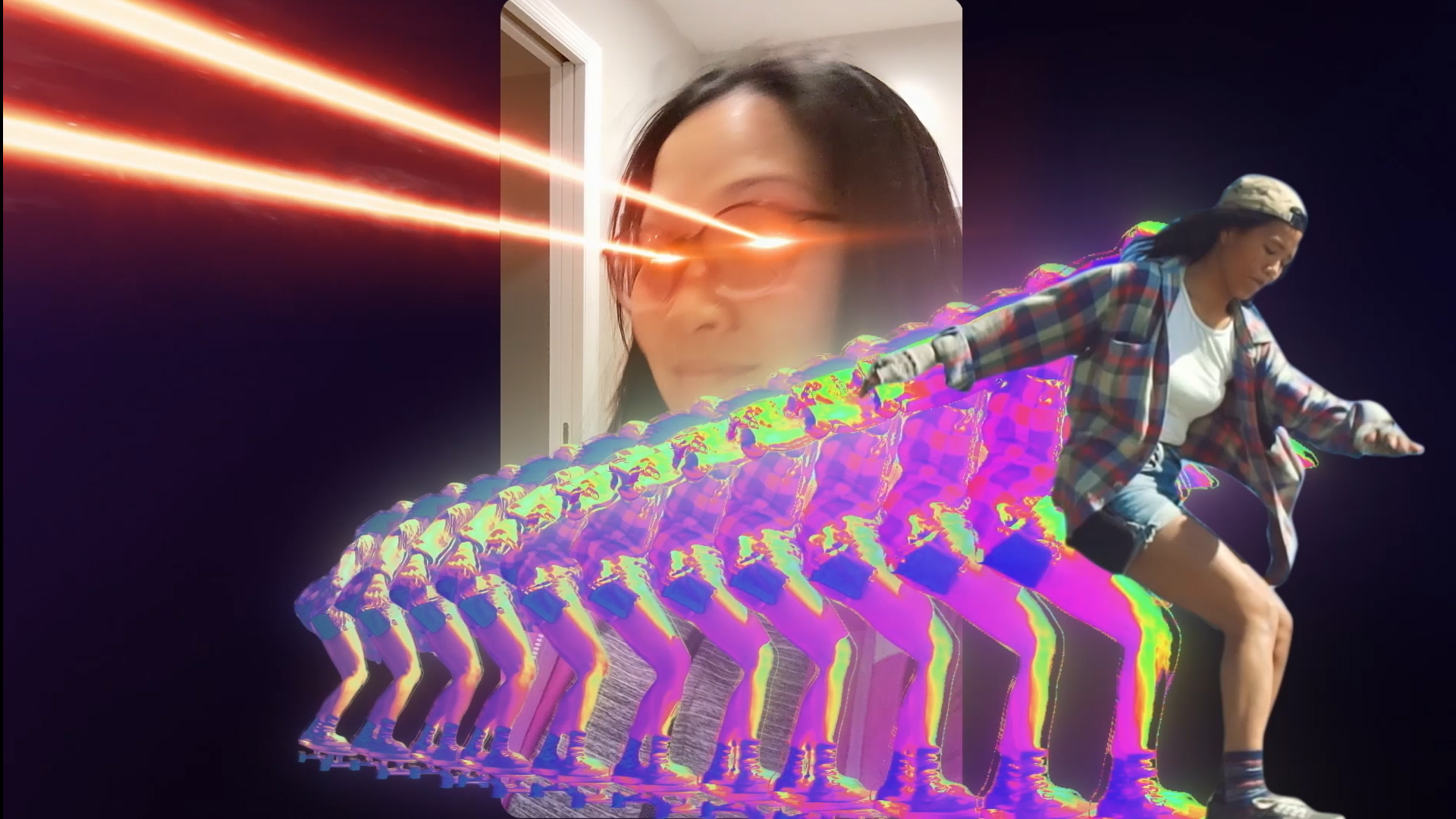
What sparked your interest in 2D/3D motion graphics?
I’ve always loved how flexible motion graphics can be - it isn’t a rigid process by any means, and there’s endless ways to communicate an idea; there’s no one solution. And that’s what interests me, that freedom and flexibility to create something in your vision that feels bespoke to you.
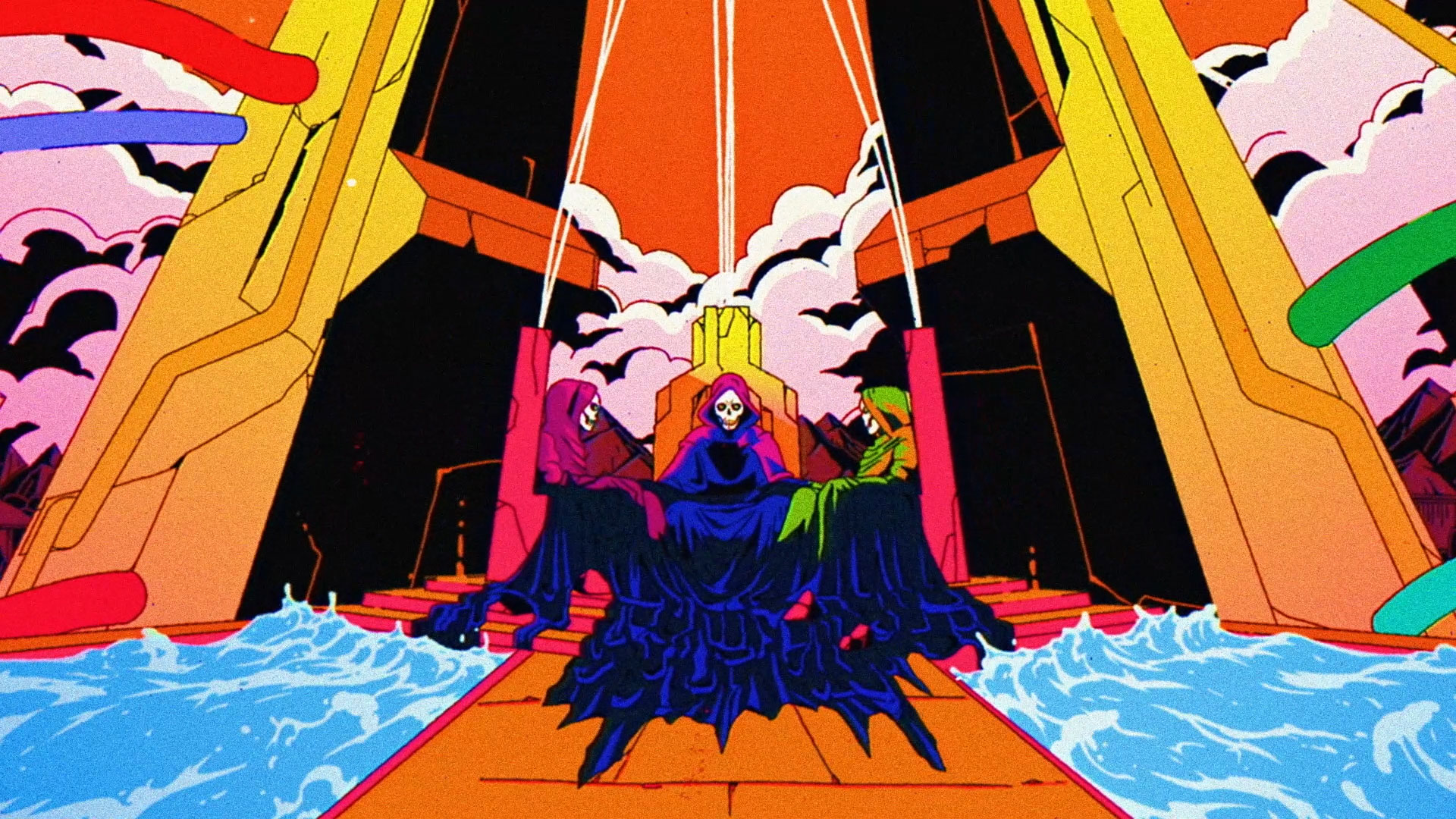
How inclusive is the design industry in 2024 and what does it need to improve?
There have been improvements, with a lot more increased awareness of diversity and inclusion issues - but there’s still work to do.
Diversity and inclusion have always been priorities for our studio, and I believe it's essential to maintain a strong focus on these values across the industry. There are still plenty of challenges and barriers - Leadership roles within the industry remain unevenly distributed among different demographics. There needs to be a continued commitment to fostering inclusive design methodologies, and prioritizing inclusive hiring practices to create a more representative industry.
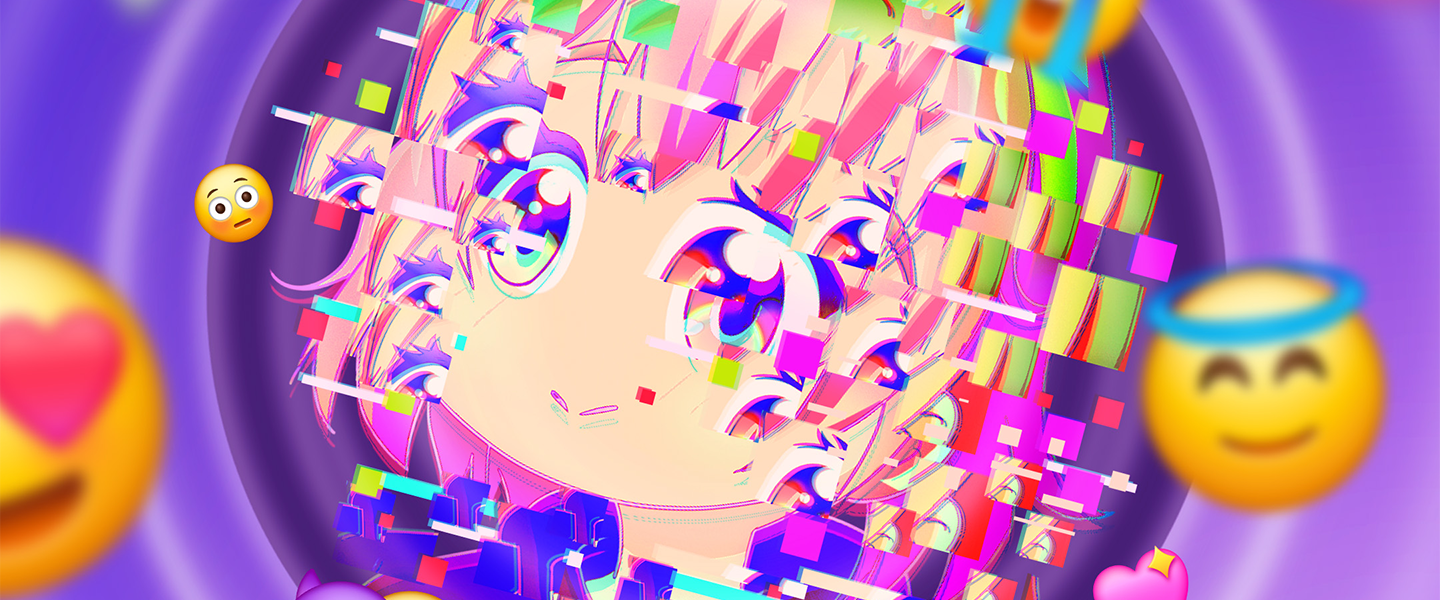
What are your favourite tools?
It changes from week to week depending on what I’m working on - Since I’ve been working on a lot of pitches recently, it’s currently Google Slides… sorry, not the most exciting answer… but I’m absolutely obsessed with making nicely designed decks at the moment…
What’s your dream project/dream client?
Would love to see our work on the Vegas Sphere - can’t think of a better way to amplify our work!
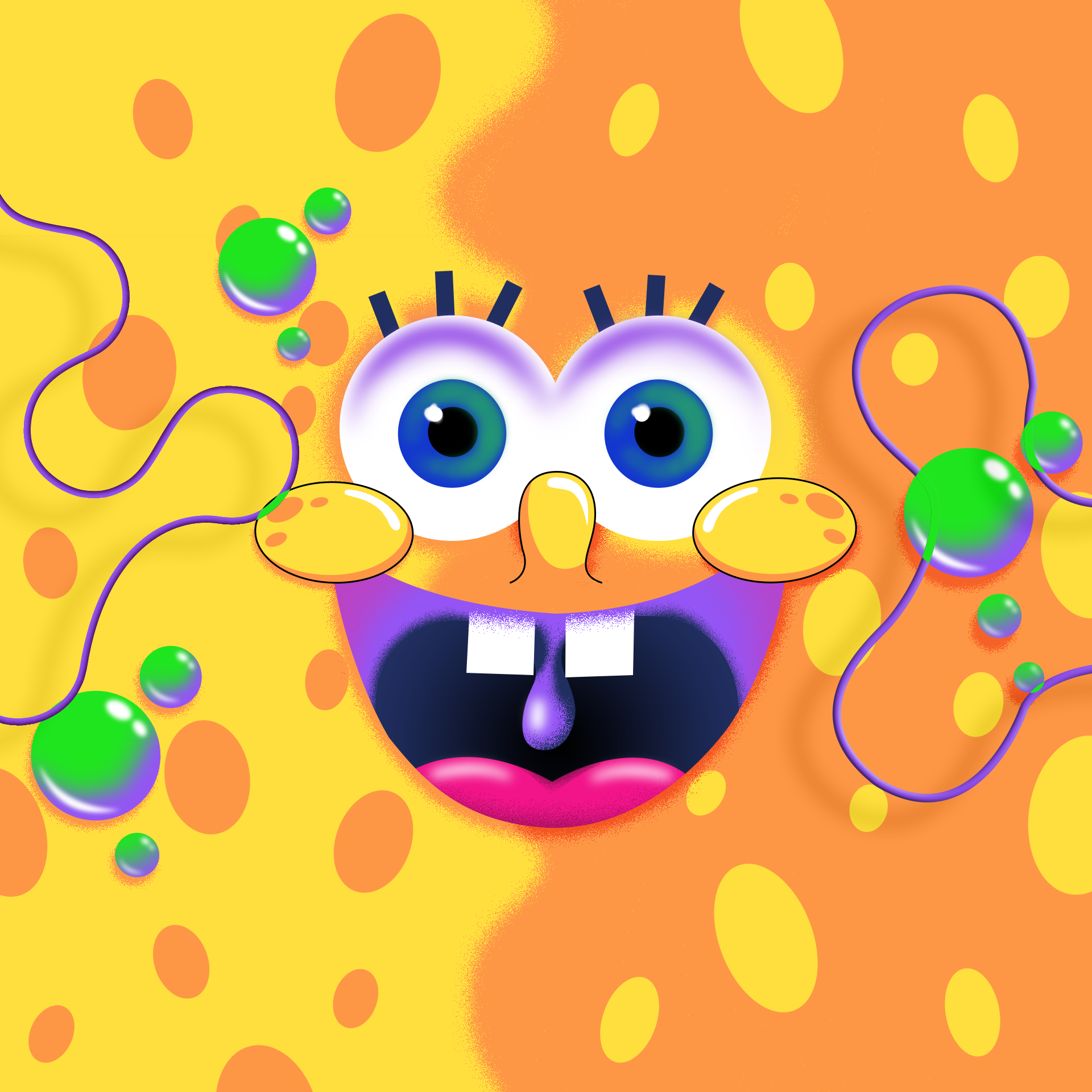
What career advice would you give your younger self?
Keep exploring, pivoting, and trying new things. You won’t just find one thing you’re good at and stop there, and it doesn’t have to be right the first time - it’s all part of the process, so keep meandering as much as you need to and find satisfaction in the journey.







